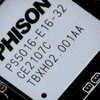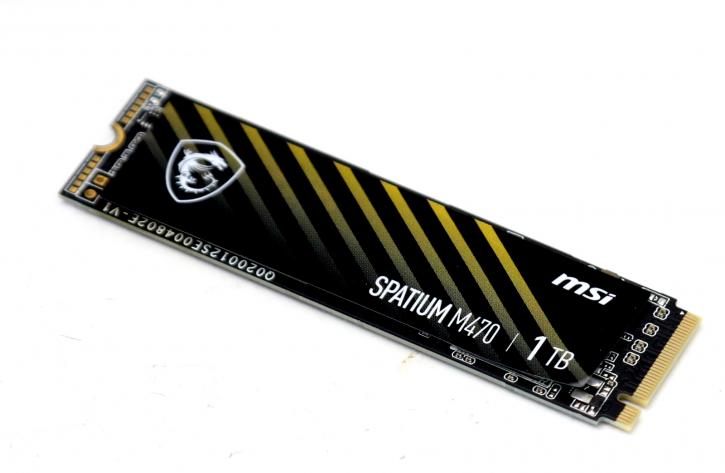Specifications & Features
Specifications & Features
MSI is offering two versions of the M470 SSD; 500GB, 1TB and 2TB, unfortunately not a 4TB model. For endurance, our tested 1TB model has been rated at a most excellent 1600 TBW. The series will be fitted with TLC written 3D NAND flash memory (vertically stacked over 96 layers). This allows the company to offer proper storage volumes. So instead of using Planar NAND, 3D NAND is used. 3D TLC NAND is physical vertical NAND cell stacking not to be confused with chip stacking in a multi-chip package. In 3D NAND, NAND layers, not chips, are stacked in a single IC. The good news is continued cost reduction, smaller die sizes and more capacity per NAND chip. Also, installed NAND toolsets in the wafer fabs can, for the most part, be reused, thereby extending the useful life of fab equipment. Unleashed by the PCIe 4.0 ready AMD B550/X570 chipset and Intel Rocket Lake-S / Z590, the SSD reaches up to an advertised 5000 MB/sec sequential read – fourteen times the performance of many SATA SSDs and seventy times faster than some hard disk drives. The performance stems from the hugely increased bandwidth of PCIe 4.0 (PCI-Express Generation 4), a feature that will be made available to customers for the first time as part of the AMD X570 chipset and 3rd Generation AMD Ryzen Desktop Processors. Easily fitting into a PCIe 4.0 x4 M.2 slot, the NVMe interface has been bumped upwards to the new 1.3 protocol and high-density TLC NAND combine with a Phison controller to enable a new level of single-drive SSD performance. Boasting staggering numbers.
Phison PS5016-E16 controller
AMD committed $15 million in the development of the PS5016-E16 controller, according to the latest information. Phison's PS5016-E16 SSD controller was the first PCIe 4.0 compliant SSD controller to be announced, and it is built using a 28 nm technology. It supports up to 8 channels of flash memory connections and can accommodate up to 8TB of NAND storage. A DRAM cache has a capacity that is one-hundredth of the overall NAND storage capacity. Because two DRAMs (4GB x 2) are required to handle 8TB, and so on, the maximum capacity of ordinary installed devices is currently limited to 4TB at present time. NVMe SSDs have nominal read and write speeds of approximately 5000 and 4400 MB/s, respectively, according to industry standards. This is approximately 40 percent quicker than the high-end class SSD with PCIe 3.0 x4 technology.



